Writers of historical crime, mystery and thriller fiction are well-versed in wearing two different hats. On the one hand, they are historical novelists: undertaking meticulous research, unearthing stories from the past that will resonate with modern readers, evoking settings and characters from bygone eras. On the other hand, they are experts in the craft of mystery and thriller writing: weaving tightly plotted stories, laying killer trails of clues and red herrings, setting up edge-of-your-seat suspense.
For writers who are new to the historical mystery/thriller subgenre, this can feel intimidating. How better to find your way, then, than to learn from the experts? We asked 13 successful novelists to give us their top tips for writing historical mystery and thriller fiction. You’ll find their answers below, covering everything from historical research and authenticity, to plotting, pacing, and letting your characters lead the way.
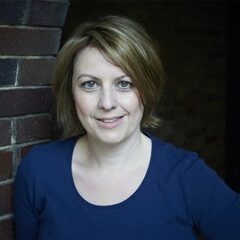
1. Antonia Hodgson
One tip, when it comes to using historical detail, is to imagine the same scene in a contemporary story. Would you write: ‘she walked over to the light-grey Ikea sofa from the Swedish company’s popular Ektorp range, its foam and polyester cushions wrapped in fire-resistant, fully removable covers’?
Maybe you would. Maybe there’s a splendid reason for including all that information. But that reason should not be: ‘I spent ages researching this stuff so it is going in, damn it.’
And here’s the thing. If you choose just to write, ‘she walked over to the sofa’, the research is still in there. And the reader can sense it. The more research you do, the more choice you have. What to put in, what to leave out, and why. The very best writers of historical fiction are able to make these decisions with a confidence and clarity that glows on the page.
Antonia Hodgson is the bestselling and CWA Historical Dagger award-winning author of the Thomas Hawkins historical crime series. Her books include The Devil in the Marshalsea and The Silver Collar. Visit her website here, or find her on Twitter @AntoniaHodgson.
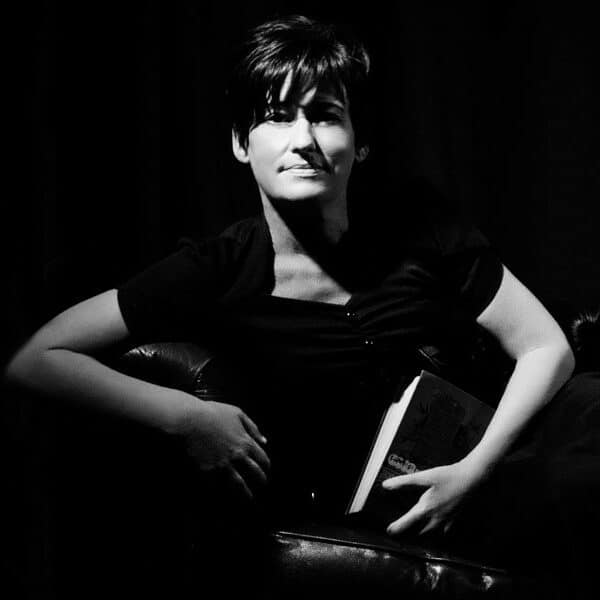
2. ES Thomson
Take the time to develop your protagonist. Give them experiences, relationships, dramas, difficulties, attitudes, and aspirations. Make them someone the reader can know and love – or hate. Someone they want to spend time with. Your characters are the ones who must guide the reader through an unfamiliar time and place, must bridge the gulf between times past and times present, must take risks, behave recklessly, and endure pain, loss, jeopardy and joy, as well as solving the puzzle – all for our entertainment. Make sure your characters are troubled, tortured – and human. We will follow them anywhere if you do.
ES Thomson is a historical crime novelist. Her Jem Flockhart books have been shortlisted for the Scottish Crime Book of the Year Award, the Scottish Arts Council First Book Award, the William McIlvanney Award, and longlisted for the CWA Historical Dagger. She has a PhD in the history of medicine, which she enjoys incorporating into her novels. Visit her website here, or find her on Twitter @es_thomson.
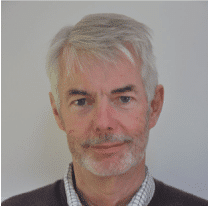
3. Andrew Taylor
In order to write convincing historical crime fiction, you have to think carefully about how you transfer the mechanics of a crime or thriller story into a historical novel. The further back in time you go, the more care you have to take.
It’s obvious, isn’t it? The very notion of the professional investigation of crime is essentially a nineteenth-century development, as is the use of forensic science as a tool for detectives. Go back further than that, and the landscape of crime and punishment changes beyond recognition. There was little formal investigation in the sense we would use the word. The legal system was very different. How can you plausibly have a detective figure in, say, the seventeenth century? How would evidence be presented in court? What were hanging offences?
There are answers to all these questions, of course – but if you take the trouble to do the research thoroughly and make the world of your crime and thriller fiction feel authentic to the reader, then you’re halfway towards creating a novel that people will want to read.
Andrew Taylor is a British crime and historical novelist, winner of the CWA Cartier Diamond Dagger for lifelong excellence in the genre, and triple winner of the Historical Dagger. He has published over 45 books. Visit Andrew’s website here, or find him on Twitter @andrewjrtaylor.
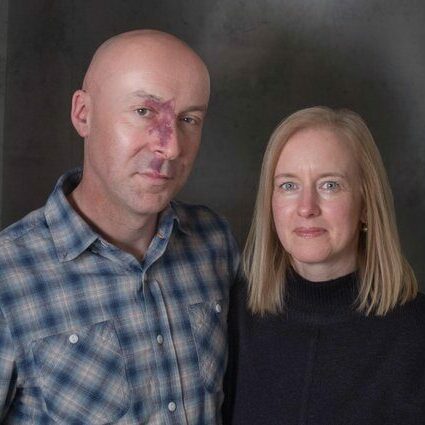
4. Ambrose Parry
Without any doubt, research is of fundamental importance when writing historical mystery/thriller fiction. Readers want to know that you are in command of your subject, that the vision of the past you depict is based on fact. That said, your research should be used to enhance your story rather than smother it. Let your reading gently imbue your writing with authenticity rather than trying to cram everything in like an overstuffed cupboard. Don’t be tempted to incorporate interesting facts just because you spent time reading up on this stuff and you can recount it from memory. Sometimes less is more.
Ambrose Parry is the pen name for husband-and-wife writing team Chris Brookmyre and Marisa Haetzman, whose Raven and Fisher mysteries are set in 19th-century Edinburgh. Chris Brookmyre is an internationally bestselling and multi-award-winning author of crime fiction. Dr Marisa Haetzman is a consultant anaesthetist with over twenty years’ experience, whose research into the history of medicine led to the pair’s first collaboration, The Way of All Flesh. Find Ambrose Parry on Twitter @ambroseparry.
50+ top online research resources for historical fiction writers
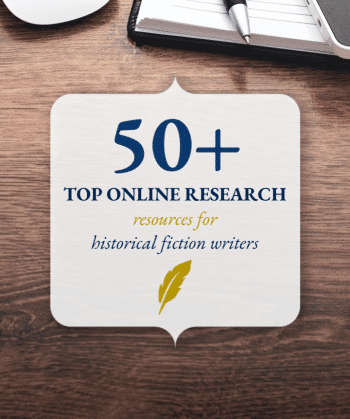
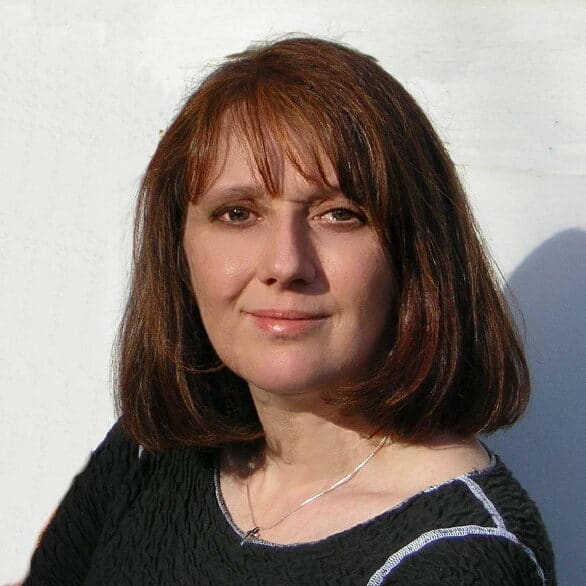
5. Kate Ellis
First of all, do your homework. Research is essential, so read as much as you can about your chosen period and visit settings you plan to use. Seek out old paintings and photographs of your locations.
Secondly, imagine yourself in the place of your characters. What are your surroundings like? The food? The sounds and smells? What were people’s preoccupations at that particular time in history, their hopes and fears? Don’t try to use very old-fashioned language as this won’t seem natural to the reader. On the other hand, avoid specifically twenty-first century words and phrases as much as possible.
Kate Ellis is a CWA Dagger award-winning author whose books have sold over a million copies worldwide. Her contemporary crime series featuring Wesley Peterson contains a compelling blend of past and present, and her Albert Lincoln historical thrillers are set in the aftermath of the Great War. Visit Kate’s website here, or find her on Twitter @kateellisauthor.
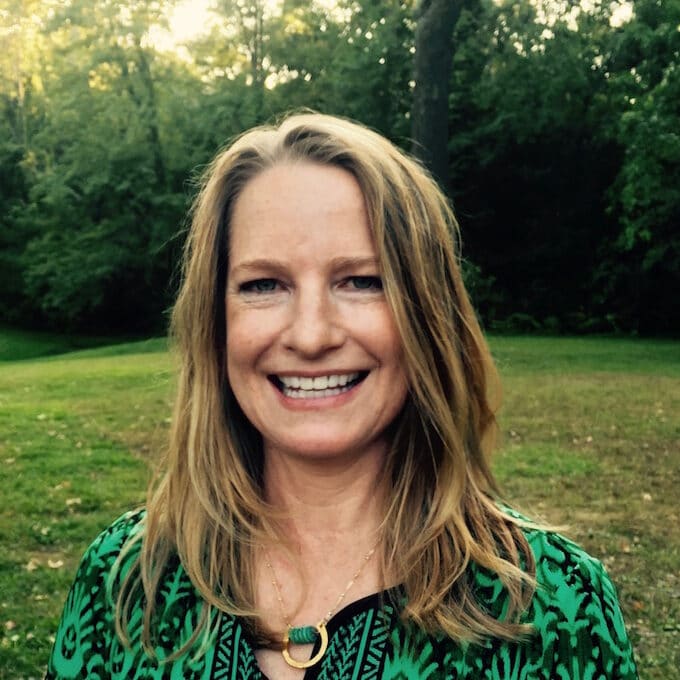
6. Amy Maroney
My top tip for writing a dual-timeline historical mystery series is as follows:
After struggling to write both threads of the story at the same time, I finally hit on a solution. I put aside the modern-day story and wrote the historical narrative (which is a thriller). Then I wove the modern-day mystery around that story arc, planting clues for both the reader and the modern-day heroine. Sometimes readers knew just as much as she did; sometimes they knew more; other times, she knew something they did not. This helped build tension and suspense—along with a few surprises—and propelled the story to a satisfying conclusion.
Amy Maroney is an award-winning US-based author whose dual-timeline books blend past and present. Her Miramonde series is set partly during the Renaissance and partly during the modern day. Visit Amy’s website here, or find her on Twitter @wilaroney.
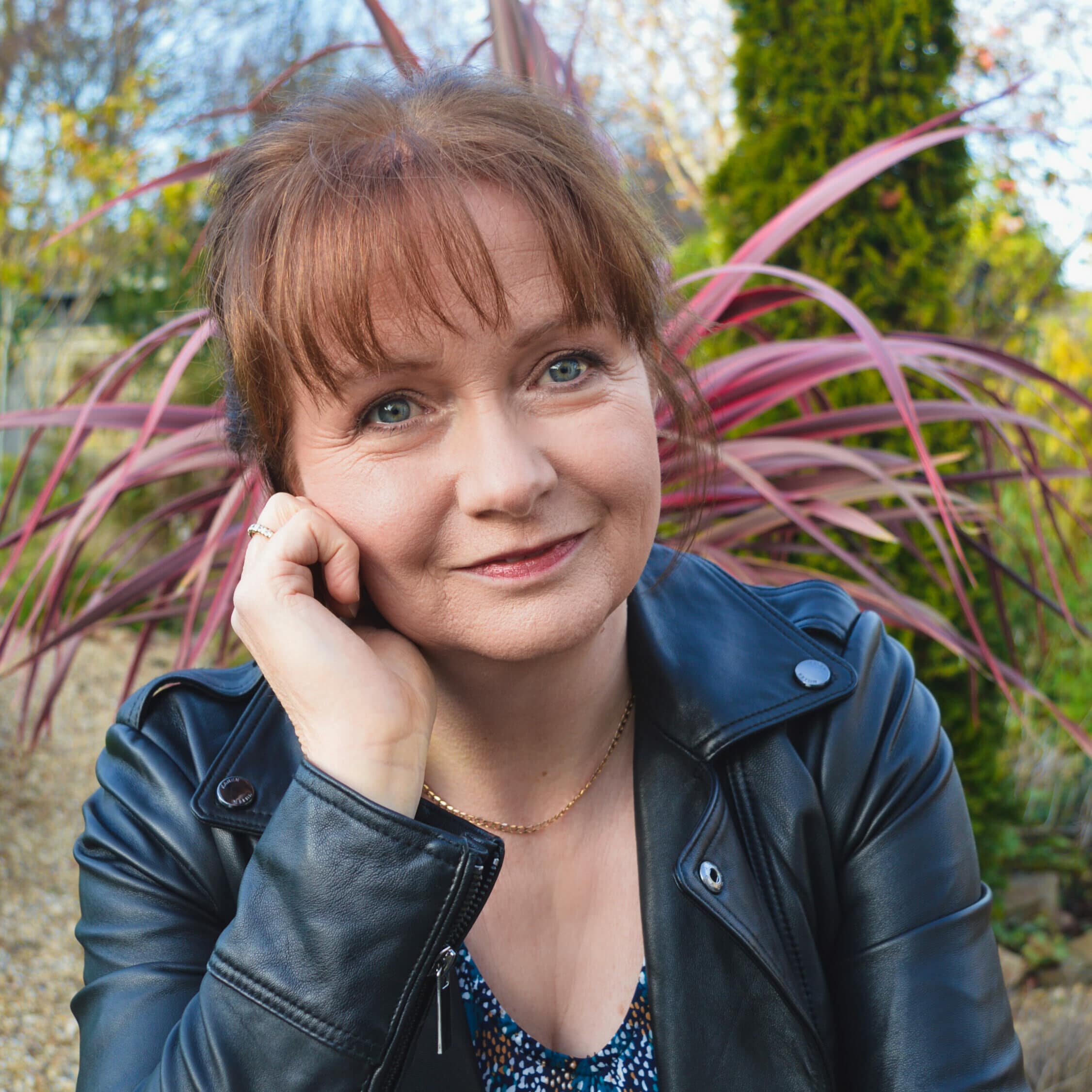
7. Pam Lecky
Writing historical mysteries can be challenging but also very rewarding. It’s all about balance. You need to juggle three elements. Historical accuracy is your foundation, but don’t fall into the trap of giving a history lesson. Next, your plot and characters must be interesting and authentic to the time. Lastly, the pace must be appropriate. Be brutal; if something isn’t driving the plot forward – delete. One last tip – when writing a series, keep a spreadsheet of who (with description), when and what happens in each chapter – you will find it invaluable when you are tearing your hair out on book 5 trying to remember if John has blue or brown eyes!
Pam Lecky is an Irish historical fiction author. Her most recent novel, Her Secret War (published by Avon Books UK/Harper Collins), is a WW2 historical thriller. Pam is also the author of the Lucy Lawrence mysteries, which are set during the 19th century. Visit Pam’s website here, or find her on Twitter @pamlecky.
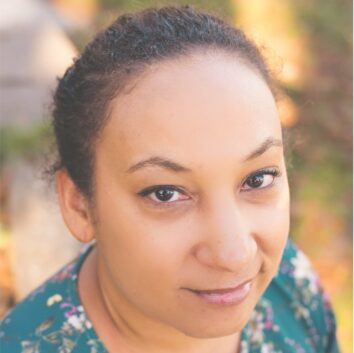
8. Louise Hare
Focus on your characters. Of course, your knowledge must be impeccable. Your plot must be devious and leave the reader guessing until the denouement. But if you have flat characters, your reader won’t care what happens to them. If you can, read novels that were written at the time to find out how people lived, what their ambitions were and to be able to picture a world where your own characters can reside. I also recommend reading successful contemporary historical fiction – see what tricks you can learn from someone who’s been in your shoes!
Louise Hare is the debut author of This Lovely City, a post-WW2 mystery centred on the Windrush community in Brixton, south London. An early draft was shortlisted for the Lucy Cavendish College Fiction Prize in 2017, and Louise was chosen for The Observer’s 10 best debut novelists of 2020. Since publication in March 2020, it has been shortlisted for the RSL Ondaatje Prize 2021 and longlisted for the HWA Debut Crown 2020. Visit Louise’s website here, or find her on Twitter @LouRHare.
Accuracy and authenticity in historical fiction
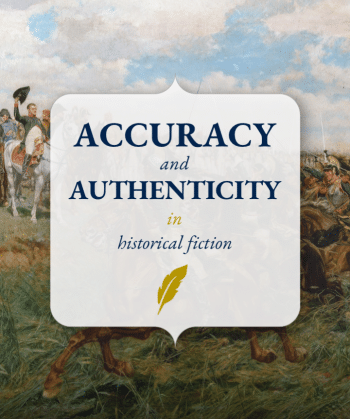
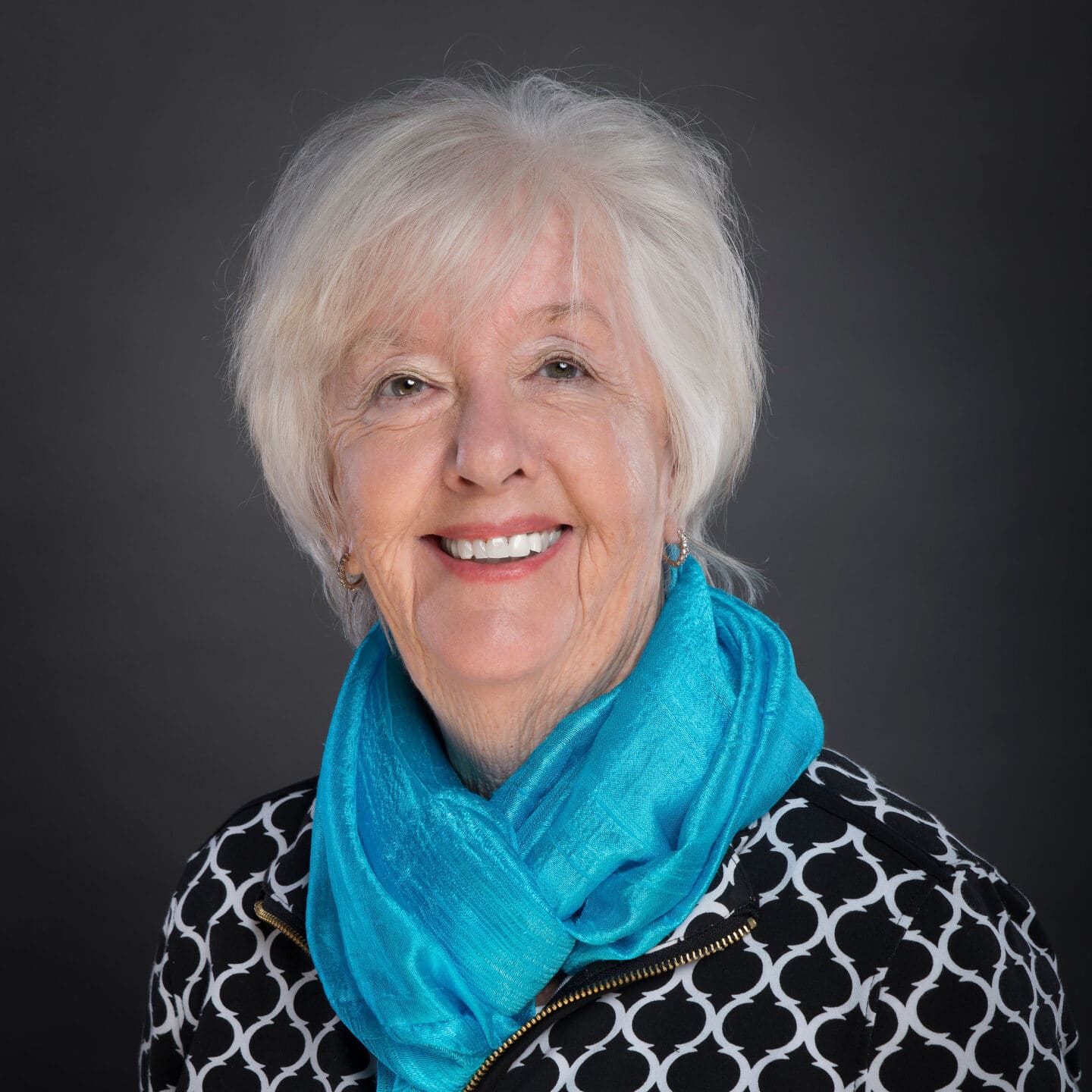
9. Rhys Bowen
When I write a historical time and place, I don’t want to tell you about it, I want to take you there, to make you feel you are part of that scene, a witness to the action. How do I do that? It’s the small details, the sights, smells, sounds that touch the senses of the reader. And much more powerful if they are seen through my character’s eyes rather than straight description.
Rhys Bowen is the New York Times bestselling and award-winning author of over 40 novels, including two historical mystery series (Molly Murphy and Royal Spyness), plus several internationally bestselling standalone historical novels. Visit her website here, or find her on Twitter @Rhysbowen.
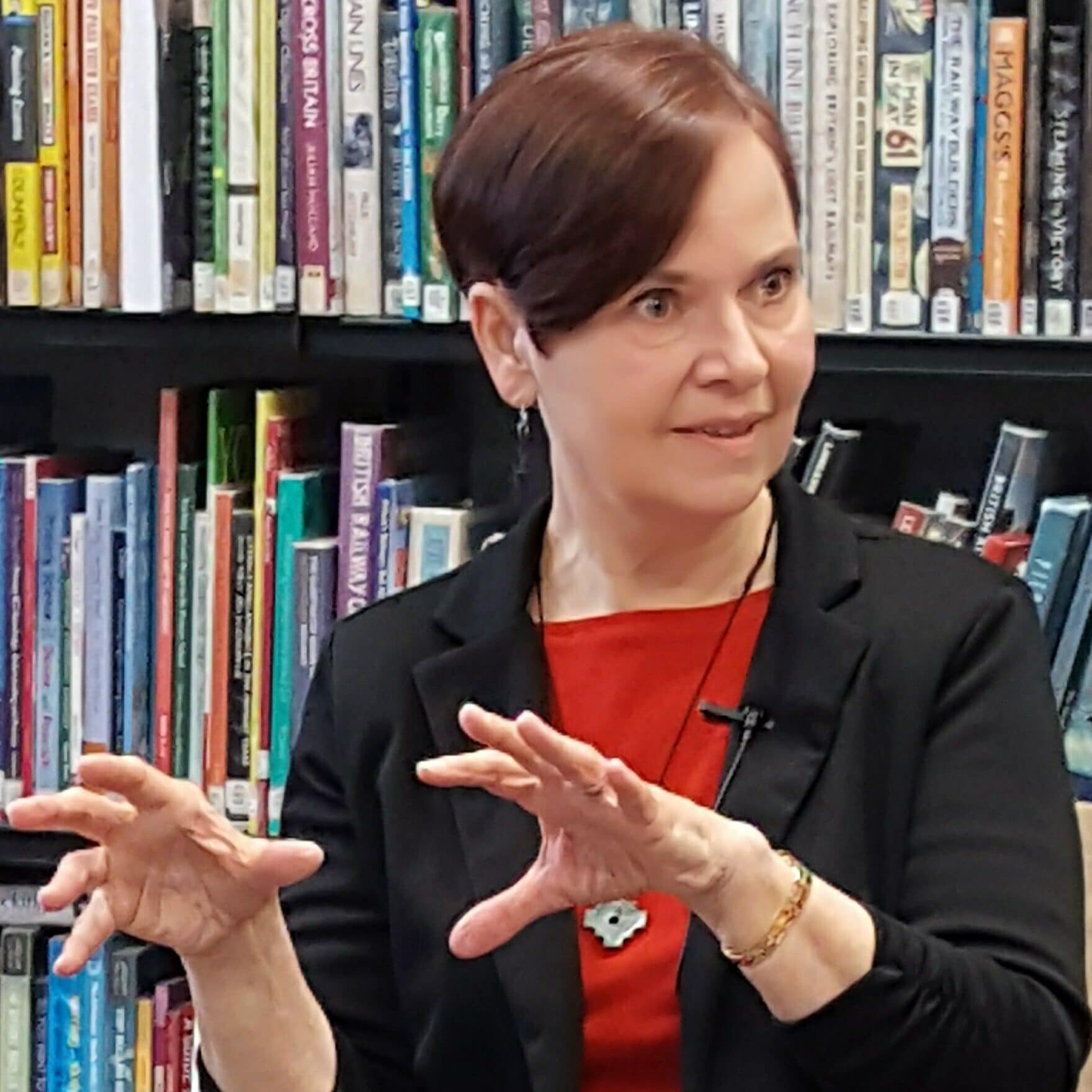
10. Candace Robb
You’ve chosen to write historical mysteries or thrillers, so let the history work for you. Anchor your plots against a backdrop of events in the period and create characters grounded in the times—their circumstances or their professions. Readers of historical fiction are curious about the past; my first editor advised me to teach them something new about the era in each book. I’ve used the wool trade, mystery plays, apothecaries, healers, midwives, tawying and tanning, religious relics, forest laws, coining, weaving, corrodians, hospitals, holy relics as birth talismans, locks, bargemen. They provide complications that power your plot and surprise readers.
Candace Robb is a bestselling novelist who has published over 20 books. A historian as well as a writer, she is the author of the Owen Archer and Kate Clifford mysteries, both of which are set in medieval York. Visit Candace’s website here, or find her on Twitter @CandaceMRobb.
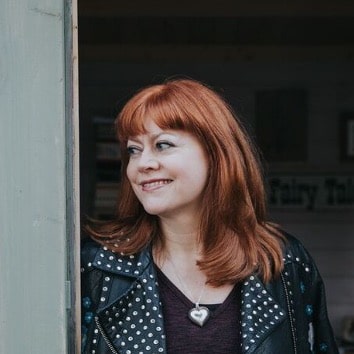
11. Alexandra Walsh
Always work out your ending before you begin writing. When you’re writing historical fiction and researching real historical figures or events, it’s important to stay focussed and, without a finishing point to aim towards, it is easy to ramble off the point. Even if you are unsure of the path you plan to take to reach your goal, knowing where you are heading can help to clarify your research, giving you a clear line to follow and, when you hit a wall (which inevitably you will!), knowing your end point can often help you to get your plot back on track.
Alexandra Walsh is a bestselling author of dual-timeline conspiracy thriller historical fiction. Her books range from the 15th and 16th centuries to the Victorian era and are inspired by the hidden voices of women that have been lost over the centuries. The Marquess House Saga offers an alternative view of the Tudor and early Stuart eras, while The Wind Chime and The Music Makers explore different aspects of Victorian society. Visit Alexandra’s website here, or find her on Twitter @purplemermaid25.
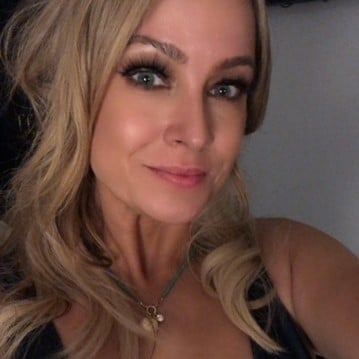
12. Clare Whitfield
When researching, don’t be afraid to stray off subject matter to get a wider view of what life was like at the time. Of course, don’t sacrifice close attention to the central subject matter but wander into lifestyle, fashion, politics, travel, engineering, health, anything really. Find accounts of day-to-day life written at the time. This has an incredibly humanising effect, be it medical studies or journals, interviews, newspapers. Immerse yourself in voices of those who lived it.
Clare Whitfield is the author of People of Abandoned Character, published by Head of Zeus. Set in late 19th-century London, this thrilling debut tells the story of a young woman who suspects her surgeon husband is Jack the Ripper. Visit Clare’s website here, or find her on Twitter @whitfield_riley.
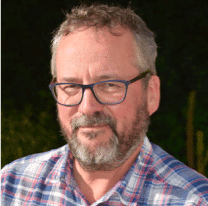
13. Michael Jecks
When writing, I always listen to contemporary music, or emotive music that will get me into the mood, such as film music. Kingdom of Heaven’s soundtrack was wonderful when writing about a siege, for example. But, to get yourself into the right frame of mind, every day when you sit at your desk, start playing the last tracks you listened to the previous day. It’ll help you get into the same mindset, and that will help you get cracking for a new day’s work.
Michael Jecks is the author of over 40 novels. His books have won wide acclaim in the UK and abroad and been shortlisted for prizes such as the Theakstons Old Peculier Crime Novel of the Year Award – a rare accolade for a medieval novel. Visit Michael’s website here, or find him on Twitter @MichaelJecks.
We hope you’ve enjoyed these tips on how to write historical mystery and thriller fiction. Why not also take a look at our top tips on writing historical fiction from 64 successful historical novelists?
Do you write historical fiction?
Join our email list for regular writing tips, resources, and promotions.

